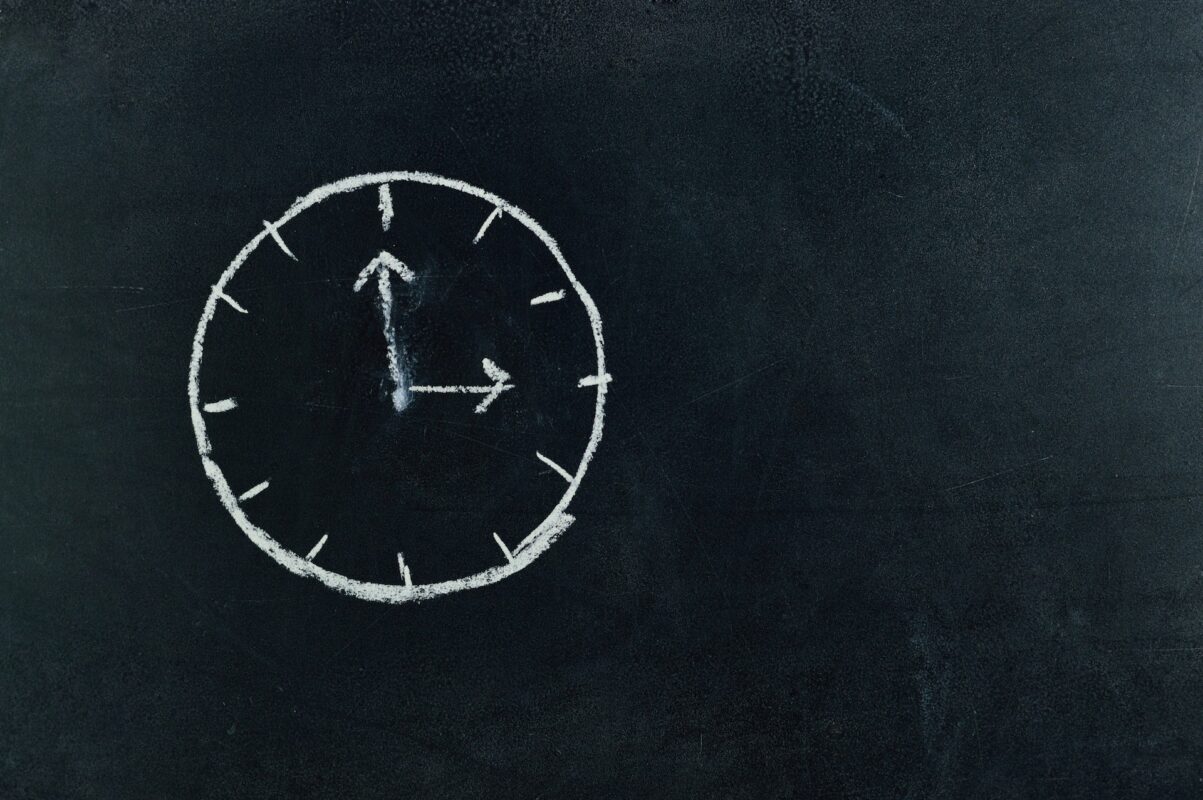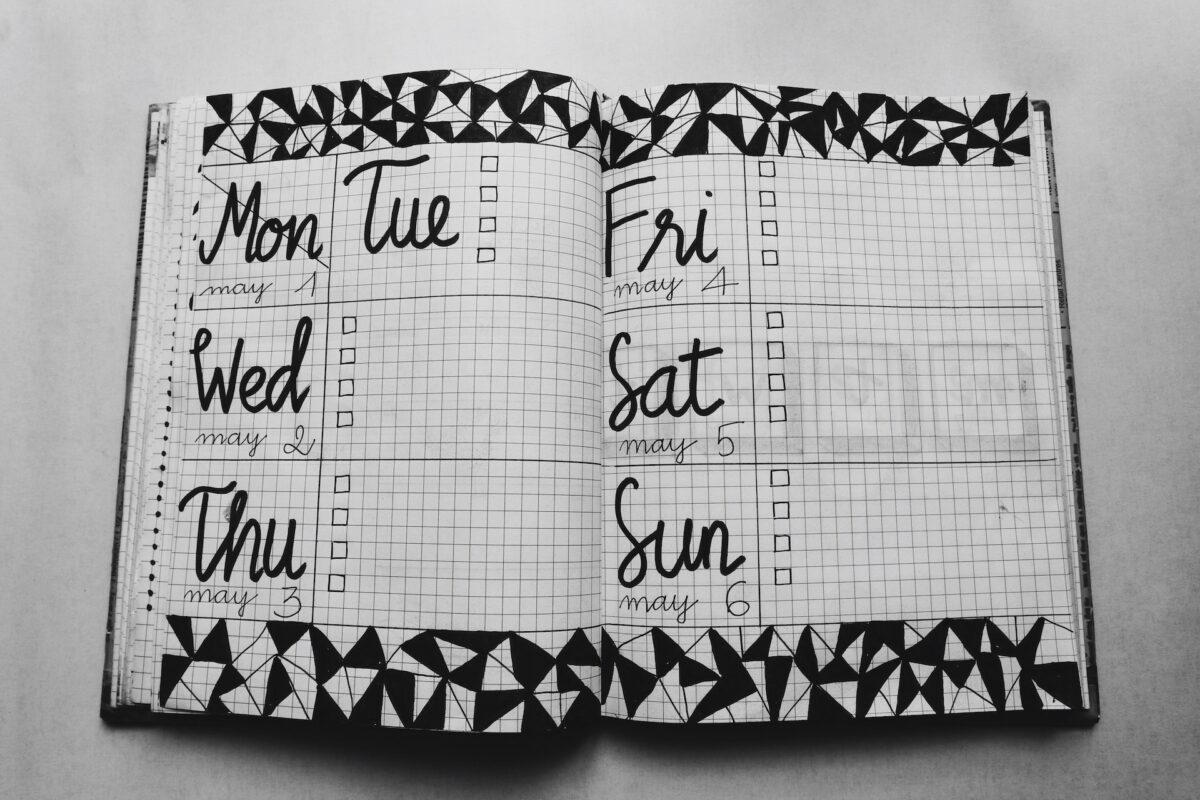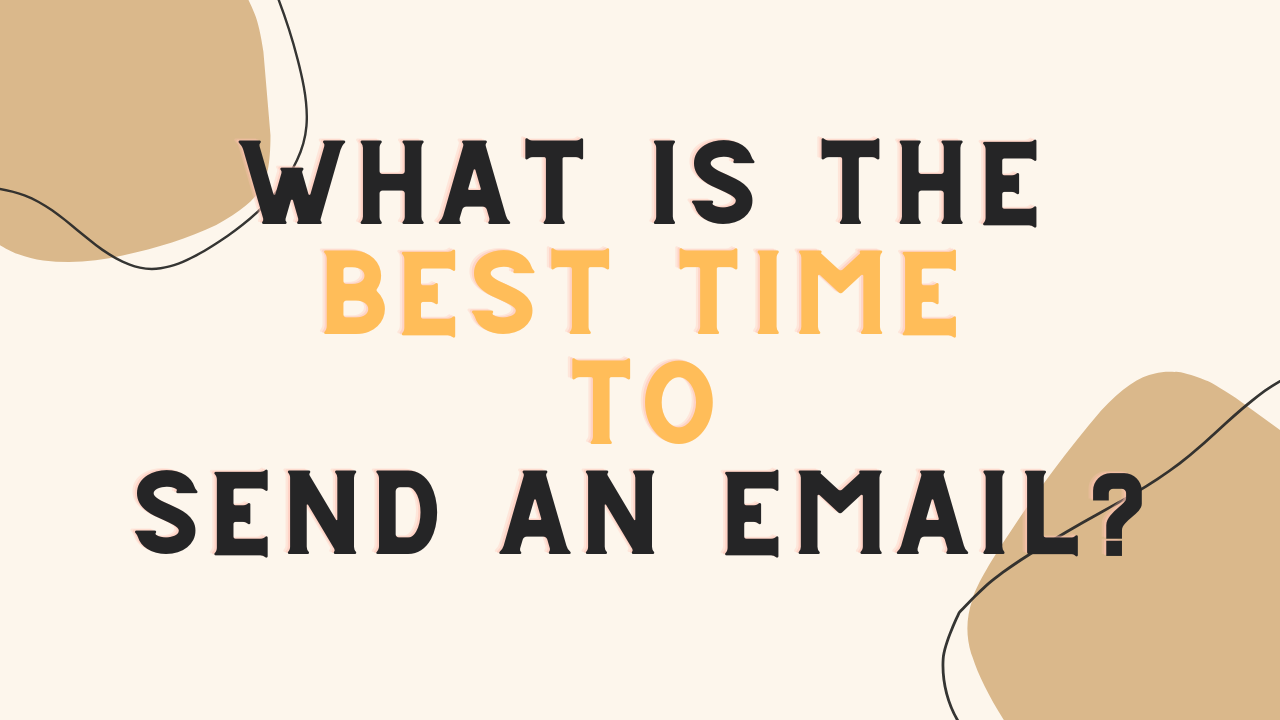Email marketing is a valuable tool that companies can use to communicate with actual customers and reach new ones. However, the effectiveness of your campaign is determined not only by its content but also by the time at which it is sent. Let’s have a look at the best time to send emails in the following article.
Marketers have been researching when to send an email for years because there is no one-size-fits-all solution. The ideal time to send an email depends on various variables, including your business, your target population, and the purpose of your email.
According to a Campaign Monitor survey, the typical email open rate is around 24%, with click-through rates of around 4%. However, these figures can differ significantly depending on when the email is sent. The time you send the email can influence whether it is seen, read, and acted upon or whether it ends up in the recipient’s spam folder.
Companies can maximize the effectiveness of their email campaigns by knowing when their target audience is most likely to interact with them. In this post, you’ll find all the information you need to understand: the best time to send an email, considering region, product type, etc.
Why is the timing of an email important?

The timing of an email is critical because it can significantly impact the effectiveness of an email marketing strategy.
An email campaign aims to reach the desired audience and urge them to interact with the content by clicking on a link, purchasing, or taking another action. If an email is sent at the wrong time, it may not even be seen and therefore ignored.
Sending an email at the right time can also help businesses stand out. If a company sends an email simultaneously with several other companies, it can get lost in the shuffle. A company may have a better chance of getting noticed if it sends an email at a less congested period, such as early in the morning or late in the afternoon.
You should maximize the effectiveness of your email campaigns by knowing when your target audience is most likely to interact with your emails.
What is the best day with best time to send emails?

Choosing the ideal day to send an email can be a difficult task for marketers. While there is no one-size-fits-all solution, some general patterns can help companies decide what is best for their email campaigns.
Several studies have determined the ideal day to send an email based on read and click-through rates. HubSpot research found that the best days to send emails are Tuesdays, Wednesdays, and Thursdays, with Tuesdays being the most successful.
Other research by Campaign Monitor found that the best days to send emails are Mondays and Thursdays, with Tuesdays also being successful for B2B emails. However, it is essential to note that these findings are not conclusive and may not apply to all audiences.
What does choosing the best day to send an email depend on?
The sector is an element that can influence the choice of the best day to write an email. A business-to-business (B2B) company may find that sending emails during the work week is more effective, while a business-to-consumer (B2C) company may find that sending emails on weekends when consumers have more free time to browse and buy is more effective.
In addition, the type of product or service being promoted may have an impact. A restaurant, for example, may find that sending emails on Wednesdays or Thursdays is most effective for advertising weekend specials. In contrast, a retail store may find that emailing on Fridays is most effective for promoting weekend specials.
The target audience is another factor to consider when determining the best email day. Sending emails on weekdays, for example, may be more effective if a company is targeting an older population, as these individuals are more likely to check their email during conventional business hours.
If a company tries to reach a younger demographic, sending emails in the evening or on weekends may be more effective, as these individuals are more likely to check their email outside of work or school hours.
What is the worst day to send an email?

Monday is generally considered a less successful day for email marketing. This is because many people catch up with work and communications after the weekend, making promotional texts less likely to be opened.
There are some exceptions to this trend, such as business-to-business emails, which may work best on Mondays when recipients are back at work and more likely to check their emails.
Friday afternoons are also considered less effective for sending emails because people plan to leave work for the weekend and are less likely to interact with promotional emails. In addition, many people may have made arrangements for the weekend and are unlikely to be interested in browsing or shopping online.
Saturdays may also be less effective for sending promotional emails because people may be preoccupied with other activities or may not check their emails as frequently.
However, this can vary depending on the type of email campaign and intended audience. For example, a B2C email advertising a weekend offer may be more effective if delivered on Friday or Saturday. In contrast, a B2B email may be less effective if delivered on weekends when recipients are away from work.
Holidays and special events can also impact the effectiveness of email campaigns. For example, emailing on Christmas Day or Thanksgiving Day may be less successful because people are likely to be preoccupied with family activities rather than monitor their emails.
In the same way, sending an e-mail during a major sporting event, such as the Super Bowl or World Cup, may generate less engagement because people are preoccupied with watching the game.
What is the best time to send email?

Choosing the ideal time to write an email is a frequent concern for businesses and individuals. With so much competition in the digital world, carefully considering your communications’ timing is critical.
Several studies have analyzed this problem and found that the best time to send an email is determined by several factors, including the target audience, the purpose of the email, and the business you work in.
For example, sending emails early in the morning or late at night may be more successful if you target a younger demographic because young people are more connected to their phones during those hours. On the other hand, sending emails during normal business hours may be more successful if your target audience is primarily working professionals.
Another essential consideration is the purpose of your email. For example, sending an advertising email or newsletter during the week when people are at work and monitoring their email may be more effective.
Finally, testing several times and tracking results is the best method for determining the best time to send an email.
Most email marketing platforms include tools to track open and click-through rates, which can help you determine the best times to send emails to your particular audience and targets.
Factors to consider when sending an email
1. Target Audience
Consider the intended audience when determining the best time to write an email. This is because different people have different schedules, routines, and tastes, all of which can influence their likelihood of opening, reading, and responding to an email.
For example, if the target audience consists of business executives, it may be preferable to send emails early in the morning or late at night, when they are more likely to peruse your emails.
If, on the other hand, the target audience consists of regular workers, it may be preferable to send emails during the middle of the day when they have a break from work and are more likely to have time to read and respond.
2. Audience region or country
The region or nation of the audience is an important element to consider when determining the ideal time to send an email because it decides the time zone and social norms that may influence the recipient’s response.
For example, if the target audience is spread across multiple time zones, the author of the email should take into account the time difference and send the email during the recipient’s usual business hours. This ensures that the recipient has the opportunity to view and respond to the email as soon as possible.
3. Product Type
Because various products have different levels of relevance and urgency to the audience, the product type plays a key role in deciding the ideal time to send an email.
If the product is a luxury item, for example, the audience may not need it immediately, and the email may be more successful during a special event or holiday season.
If, on the other hand, the product is an everyday necessity or solves an urgent problem, the email may be more effective if sent during the workday, when people are more likely to actively engage with their email.
If your product is related to fitness or health, sending an email early in the morning or late at night may be more successful because people are more likely to think about these topics at those times.
Similarly, if the product is related to fun or recreation, sending the email over the weekend or on a Friday may be more effective because people are more likely to interact with these products at their leisure.
How to test the timing of an email?
A useful practice for any company or individual looking to improve their email marketing strategy is to test the best time to send an email. You can evaluate the timing of your emails in a variety of methods, including:
A/B testing
A/B testing involves sending two versions of an email to a small portion of your email list and monitoring the results to determine which version works best. You could send one version of your email in the morning and another in the afternoon, then compare open and click-through rates to see which was more successful.
Email list segmentation
Segmenting your email list by time zone, age, or industry can help you determine which times are most successful for particular groups of people. For example, if you have a significant proportion of your email list in a different time zone, delivering emails in their local time may be more effective.
Using email marketing software
Most email marketing software includes tools to track read and click-through rates, as well as the time of day emails are viewed. You can spot trends and decide what times are most successful for your group by tracking these metrics over time.
Analyze website traffic
Analyzing your website traffic is another method of determining the ideal time to send an email. If you notice that traffic increases at certain times of the day or week, it may be worth testing those times for email blasts.
This video has good information, although the audio quality is not very good.
Frequently Asked Questions (FAQs)
How do you know if the timing of your emails is right?
Determining the effectiveness of your email timing is critical to ensuring that your target audience receives and reads your emails. Here are some indicators to monitor your email’s effectiveness.
The proportion of recipients who opened your email is called Open Rate. Comparing the open rates of emails sent in various periods can help determine the ideal time to send your emails.
The proportion of recipients who click on a link in an email is called Click-Through Rate. Tracking the click-through rate of emails sent in various periods can help determine the most effective time for interaction.
The proportion of recipients who unsubscribe from your email list after receiving your email is called Unsubscribe Rate. If you see an increase in the unsubscribe rate after sending emails at a specific time, it could mean the timing isn’t working for your audience.
Is it better to send an email in the morning or the evening?
There is no single answer to this question because the best time to send emails varies depending on your readership, the nature of your email, and the intended outcome. However, several studies have revealed that there may be certain patterns when it comes to writing emails in the morning or afternoon.
Because people read their emails first thing in the morning, mornings are a common time to send emails. This could be especially useful for emails that require immediate action, such as urgent promotions or event reminders.
In addition, studies show that emails sent in the morning have higher read rates than those sent in the afternoon. One possible explanation is that people are more focused and have fewer distractions in the morning.
What time is too early to send an email?
The best time to write an email depends on the recipient’s schedule and preferences, as well as the importance of the communication. However, as a general rule, it is generally considered polite to avoid sending emails too early in the morning or too late at night, as this could interrupt the recipient’s sleep or personal time.
Unless you have a particular cause for sending outside of these hours, a decent rule of thumb is to send emails during normal business hours, which is generally between 9:00 a.m. and 5:00 p.m. Consider the recipient’s time zone and try to send emails at a time that is convenient for them.
What are the best days to send emails?
The best days to send emails are typically Tuesday, Wednesday, and Thursday. These midweek days tend to have higher open and click-through rates compared to Mondays and Fridays. It’s essential to consider your specific audience’s habits and time zones for optimal engagement.
What is the Ideal time to send emails?
The ideal time to send emails is usually between 10 AM and 2 PM, aligning with recipients’ mid-morning and lunch breaks. However, it’s essential to test and adjust timing based on your target audience’s time zones and behaviors to maximize open and response rates.

